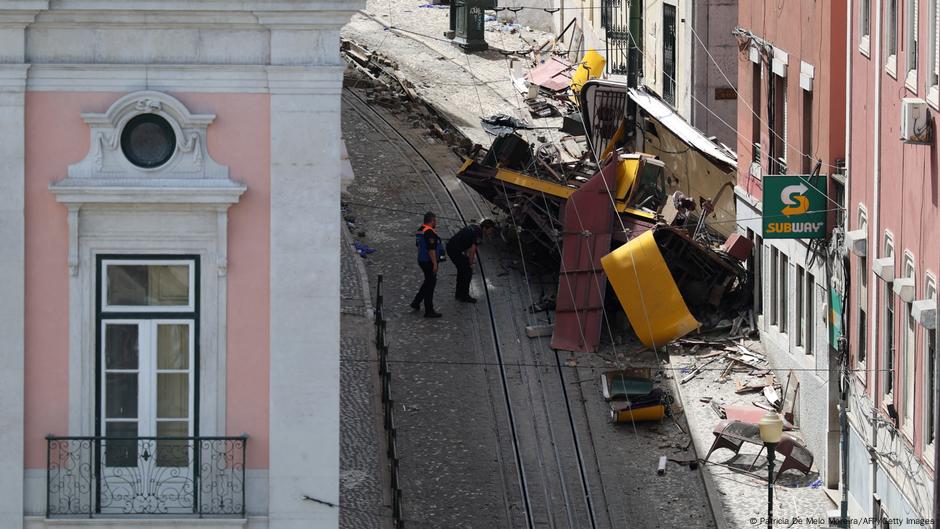The cable that broke on the Lisbon Funicular did not meet standards set by the city’s transport operator, according to preliminary reports released on Monday.
At least 16 people were killed and 21 others were injured in a September accident when a railway carriage derailed and crashed into a building in central Lisbon.
The Glória Funicular, classified as a Portuguese National Monument, is one of four in the city and is extremely popular with tourists for its short journey up a steep road in central Lisbon.
In this, two vehicles travel in opposite directions.
In the fatal incident in September, a cable connecting two trains broke and the top car slid down the hill at high speed.
What was said in the report?
In its 35-page preliminary report, the Air and Rail Accident Prevention and Investigation Office (GPIAAF) said the underground steel haulage cable connecting the two cars was not strong enough.
“The cable did not comply with the specifications implemented in the CCFL used for the Gloria tram,” the report said, referring to the city’s transport operator.
Other funiculars in the city have been suspended since the accident. The body said inspectors had not yet confirmed that braking systems “capable of stabilizing the cabin in the event of a cable break” were operational.
In the case of the Glória Funicular, the cable had been in use for less than a year.
The report said the investigation identified five instances when the maintenance program referred to “non-existent, inappropriate or outdated standards”.
After the cable broke, the safety systems cut off power to the funicular, meaning the pneumatic brake no longer worked and the manual brake was not strong enough to stop the car from rolling down the hill.
A full analysis of the fatal accident is expected next year.
Edited by: Carl Sexton






Leave a Reply